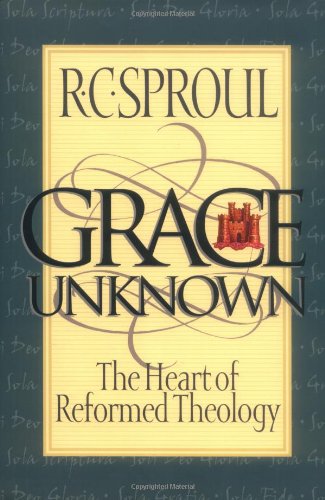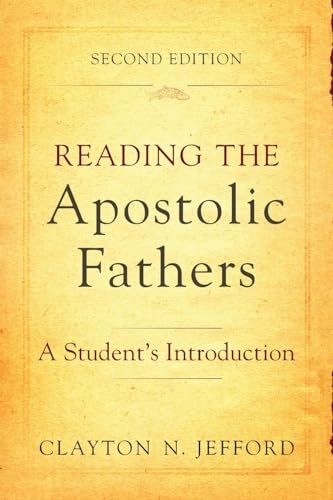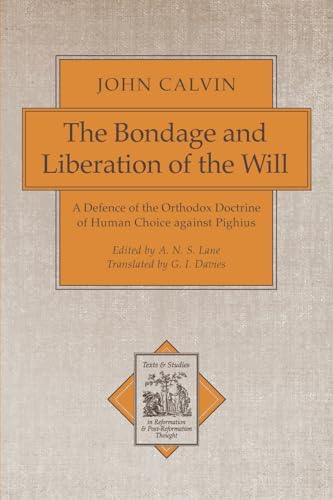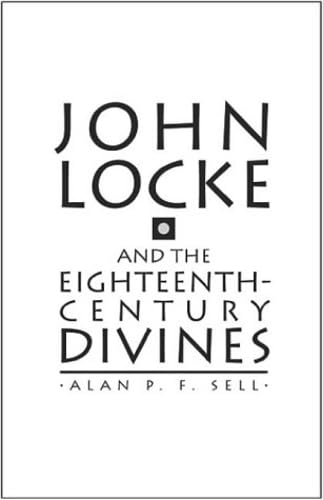Dictionary of the Later New Testament and its Developments
Written by Ralph P. Martin and Peter H. Davids (eds) Reviewed By Kenneth D. LitwakThis is the third contribution to a series from Inter Varsity and is a welcome addition to the Dictionary of Paul and His Letters, and the Dictionary of Jesus and the Gospels. The latest Dictionary departs from the other dictionaries in two important respects. First, it covers all the NT documents not covered by the other two. Second the articles trace the development of NT ideas into documents that are outside the NT, including the Apostolic Fathers and early NT apocrypha. For example, as well as an article on ‘Revelation, Book of,’ there are essays on ‘Hermas, Shepherd of’, and ‘Peter, Gospel of’. The editors state that the reason for going beyond the traditional canon of the NT is to trace the development of the Christian message from Paul’s letters and the Gospels into the rest of the NT and further into early literature to about ad 150. The Dictionaryis intended for scholars, preachers and students.
Some of the helpful features can be seen in the first article, ‘Abraham’. There are references to other NT passages, including references to Abraham in Paul’s letters. There are also references to the Scriptures of Israel and roughly contemporary works, such as the Dead Sea Scrolls, Josephus and Philo. There are additional references to articles in the other two Dictionaries as well as in this dictionary itself. Also helpful are articles on related topics but not necessarily limited to one document, such as ‘Women in the Early Church’. Readers of Themelios will doubtless be familiar with many of the contributors, such as I. Howard Marshall and Graham N. Stanton. It is impossible in this short space to do justice to the diverse topics and essays. Instead, I will comment on a few that hopefully represent adequately the high quality of the articles in general.
The Dictionary’s articles show knowledge of recent trends in NT scholarship. The recent interest in intertextuality is seen in ‘Intertextuality in Early Christian Literature’ by W.B. Swartley. He begins by briefly enumerating the ways in which the Scriptures of Israel influenced the later NT and early second-century documents. Swartley lists seven ways NT and other early Christian writers used the Scriptures of Israel intertextually, though it may be noted that he does not deal with questions surrounding current debate over what intertextually signifies. Like many essays which cut across all this literature, Swartley describes the intertextual use of the Scriptures of Israel in Acts, Hebrews, each General Epistle, Revelation and the Apostolic Fathers separately. Swartley points to trends, such as the use of ‘OT personages and the stories by which they are remembered’ as examples for believers. This is seen as an emerging tendency in Hebrews and the General Epistles. The essay’s bibliography is quite helpful and up-to-date. This article illustrates the Dictionary’s interaction with recent trends in NT studies. Besides this essay, there are separate essays on the OT in Acts, Hebrews, General Epistles, Revelation and the Apostolic fathers.
Several essays focus on the historical and cultural milieu of the later NT and beyond, such as the essay on ‘Healing, Illness’ by P.H. Davids. He explores accounts of healing in the ancient world, in the NT and in the Apostolic Fathers. In addition to healing and illness, Davids looks at the metaphorical use of healing language as it develops from the later NT into the post-apostolic period.
The same attention to recent trends in scholarship can be seen in essays of specific books. For example, the article on ‘First Peter’ by J.R. Michaels shows how social-scientific analysis can contribute to our understanding of biblical texts. Likewise, the essay on the ‘Acts of the Apostles’ by J.B. Green highlights the continuing debate over the genre of Acts and the enterprise of historiography in both ancient and modern times. In addition to separate essays on topics like ‘Narrative Criticism’ and ‘Rhetoric, Rhetorical Criticism’, readers will find frequent mention of these approaches in essays on NT texts such as those mentioned above. Since essays on the same methods appear in the companion volumes, it will be valuable for readers to compare them when studying a given method.
While not wanting to detract from this valuable reference tool, some will wonder about its ‘Evangelical’ stance in light of the denial of the Petrine authorship of 2 Peter (Richard Bauckham, ‘2 Peter’) or James D.G. Dunn’s argument in ‘Pseudepigraphy’, for accepting the presence of pseudepigraphy in the NT. Overall, however, all users of this reference work will find it a valuable addition to their libraries, perhaps even more so than the earlier dictionaries, for finding up-to-date material on Paul is easy, but not so the letters of Jude or James. This will also be helpful for readers who have no background in the Apostolic Fathers and other early, post-NT literature.
Kenneth D. Litwak
Kenneth D. Litwak
Gateway Seminary
Ontario, California, USA







